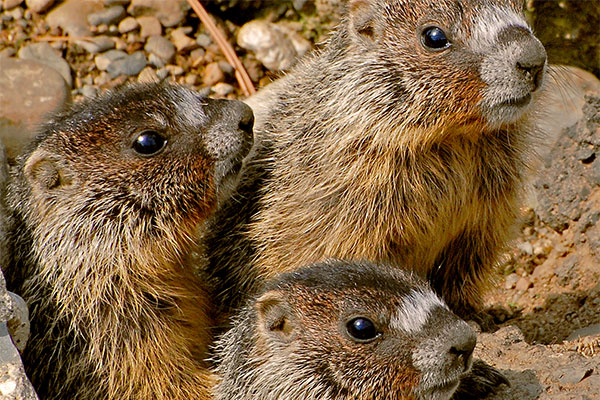Small Game

The balance of predator and prey, habitat with conservation, and the impact that humans could play in
the populations of wildlife were not as understood in the past as they are today. Although we all complain about mosquitos, spiders, mice, and snakes, (and squirrels when they chew on our door jams) they all play a vital role in the balance of wildlife and nature. Many projects the INWC participates in, focus on big game or large predators. These efforts are vital in assisting state and federal agencies, such as the department of fish and wildlife in building and maintaining healthy and appropriate wildlife
populations. Even with these programs, we have still experienced the loss of sustainable populations of animals such as caribou, and pronghorn. At the same time, we see the over population of species such as wild turkey.
Committee Chair:
Z Zubrick (541) 408-0523
There are many projects, opportunities, and possibilities the INWC can get involved with to add the same passion and drive behind small game, small predators, and small non-game animals. One of the easy first steps to organizing the small game committee and making an impact, is beginning a collaborative effort with existing programs that may not be as well known, or don’t have the participation that would really help make a bigger impact. Programs such as the annual pheasant chick program, bat house building program, and owl nesting box program. Programs that will take more time and research to get started are involvements with state and federal agencies to explore predatory impact and habitat for endangered species such as the Sage Grouse. Forest Grouse is a species that many of us have noticed fewer numbers. It is thought that the biggest factor for the decline is the increase in the turkey population. By developing a collaboration with our mentoring program and turkey hunting programs, we can explore ways to bring more new hunters into an understanding of what it takes to be successful, while having a positive impact on the balance of both populations. By involving younger, and new hunters into programs that allow for opportunities for a first harvest, we also develop an opportunity to train these fellow hunters the connection between hunting and conservation. One of the biggest factors in a successful hunt is the preparation. Not only is it important to understand your
gear, practice to become proficient, and do quality scouting, it is just as important to help develop and/or improve the habitat for those animals and the network of nature that allows for a healthy population of all our wildlife.
So, how do we get started? As with any program, it unfortunately sits there until people become involved. When I spoke about the small game committee during the general meeting, several people voiced ideas, had questions, and shared concerns. We need those people and more to bring those thoughts to the council. By helping us create goals and develop plans for projects, the momentum of the committee will begin to build. Ideas are not enough. Many of us know the phrase “boots on the ground”. We need people willing to get involved. As the big game hunting seasons are getting into full swing, we often forget the small game opportunities. Observation of your environment is an easy way to become involved. While you are stalking that elk or deer, take note of other wildlife and the quality of the habitat. Take note of the number of animals you see. If you have an interest in becoming involved with the small game committee activities, or would like to be part of the small game committee, please contact the INWC office at 509-487-8552 or email “Z” at Zubrick.rp@gmail.com

